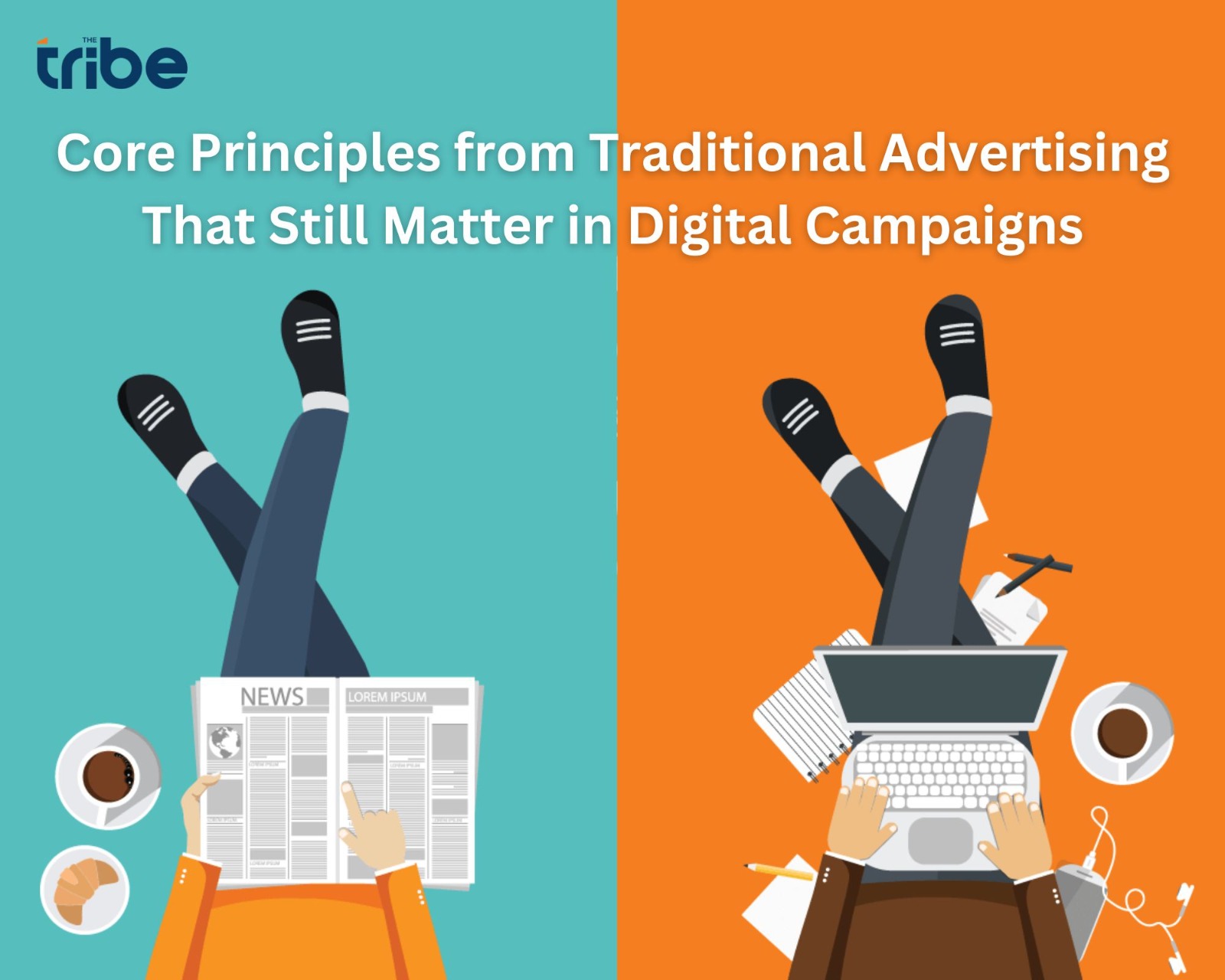
Core Principles from Traditional Advertising That Still Matter in Digital Campaigns
In the rapidly evolving landscape of digital marketing, it’s easy to get swept up in the latest trends and technologies. However, amid all the buzz surrounding social media, influencer marketing, and AI-powered analytics, it’s essential to remember that some core principles from traditional advertising still hold significant value in the realm of digital campaigns. These timeless principles continue to guide successful marketers, ensuring that their strategies resonate with audiences and drive meaningful results.
Digital Marketing vs. Traditional Marketing: What’s the Difference?
Digital marketing and traditional marketing are two distinct approaches to promoting products or services. Traditional marketing relies on traditional media channels like television, radio, print, and billboards to reach a broad audience. In contrast, digital marketing leverages online platforms such as social media, email, search engines, and websites to connect with potential customers. The key difference lies in their reach, targeting capabilities, and the ability to track and measure results. Digital marketing offers precise targeting, real-time data analysis, and the flexibility to adapt quickly to changing trends, while traditional marketing tends to have a wider reach but lacks the precision and data-driven insights of its digital counterpart. The choice between these two approaches often depends on the specific goals and target audience of a marketing campaign.
Transcending Traditional: Applying Classic Advertising Principles to Digital Campaigns
1. Know Your Audience:
Traditional advertisers have long understood the importance of knowing their target audience. The same holds true for digital campaigns. In fact, digital platforms provide even more precise tools for audience segmentation and targeting. By analyzing user data and behaviour, you can create highly personalized content that speaks directly to the needs and interests of your audience.
2. Compelling Storytelling:
Storytelling has been at the heart of effective advertising for centuries. In the digital age, the medium may have changed, but the power of a compelling narrative remains unchanged. Whether it’s a blog post, a video, or a social media campaign, telling a story that resonates emotionally with your audience can capture their attention and leave a lasting impression.
3. Consistency in Branding:
Maintaining a consistent brand image across all channels is as vital in digital campaigns as it is in traditional advertising. Your brand’s identity, including its logo, colors, tone, and messaging, should remain cohesive. Consistency builds trust and recognition among your audience, whether they encounter your brand on a billboard or a Facebook ad.
4. A Clear Call to Action (CTA):
Encouraging your audience to take a specific action is essential in any advertising campaign. Traditional print ads often include phone numbers or addresses, while digital campaigns rely on clickable buttons and links. The key is to make your CTA clear and compelling, guiding users on what to do next, whether it’s making a purchase, signing up for a newsletter, or sharing content.
5. Quality Over Quantity:
In the digital age, it’s tempting to produce an abundance of content and flood social media feeds. However, the principle of quality over quantity still applies. Well-crafted, informative, and engaging content will always outperform a barrage of low-quality posts. Focus on creating content that adds value to your audience’s lives and solves their problems.
6. Measurement and Analytics:
Digital marketing offers an unprecedented level of data and analytics. Yet, the core principle of measuring the effectiveness of your advertising efforts is consistent with traditional advertising. Use tools like Google Analytics, social media insights, and email campaign metrics to evaluate the success of your digital campaigns. Adjust your strategies based on what the data tells you.
7. Test and Adapt:
In both traditional and digital advertising, it’s crucial to be flexible and willing to adapt your strategies based on performance. A/B testing, for instance, allows you to experiment with different approaches and refine your campaigns for better results. This iterative process is a fundamental principle that drives continuous improvement.
8. Embrace Innovation:
While traditional advertising has its timeless principles, it’s also essential to embrace innovation in the digital realm. Stay up-to-date with the latest technologies, platforms, and trends. Integrating new tools and tactics into your strategy can help you stay competitive and reach your audience where they spend their time online.

In conclusion, the transition from traditional advertising to digital campaigns doesn’t mean abandoning time-tested principles. Instead, it involves adapting and applying these principles in new ways to leverage the unique opportunities offered by digital platforms. By combining the best of both worlds, marketers can create campaigns that are both timeless and cutting-edge, ultimately achieving their goals and connecting with their audience in meaningful ways. This is where advertising agencies like The Tribe play a pivotal role in helping companies stand out and reach their target audience effectively. Agencies like The Tribe Solutions craft and execute captivating marketing campaigns that grab attention, generate leads, and drive conversions.
